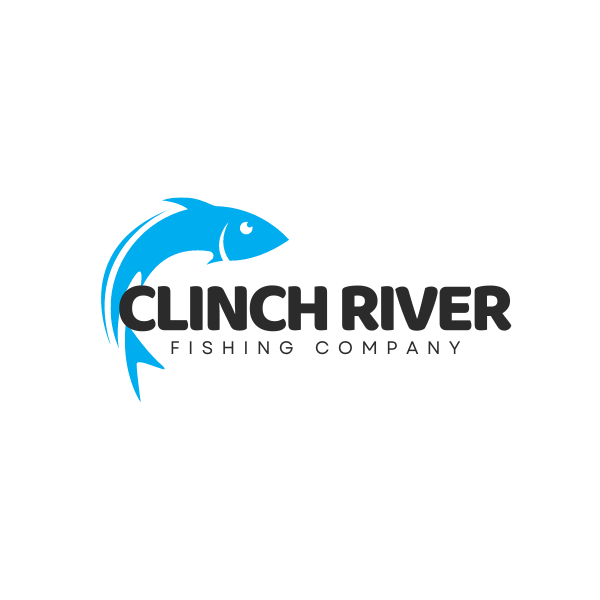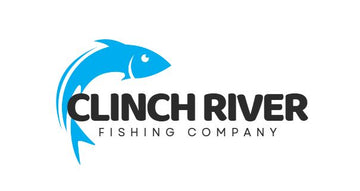Updated on: 2025-10-02
Table of Contents
- Trolling Motor Basics for Quiet, Efficient Control
- How to Choose the Right Trolling Motor Size
- Power, Thrust, and Battery Basics for a Trolling Motor
- Trolling Motor Myths vs. Facts
- Personal Experience Using a Trolling Motor on a Kayak and Skiff
- Final Thoughts and Practical Trolling Motor Takeaways
- Trolling Motor Questions and Answers
- What size trolling motor do I need for my boat?
- How long will a trolling motor run on a single battery charge?
- Is an electric outboard motor the same as a trolling motor?
A trolling motor offers quiet, precise boat control for fishing and exploring shallow water. If you are deciding between an electric trolling motor and an electric outboard motor, it may help to think about your primary need: stealthy positioning versus primary propulsion. This article walks through sizing, batteries, GPS anchor lock, and practical choices so you feel confident about your setup. Many anglers near rivers and reservoirs, including visitors to Clinch River Fishing USA, appreciate how a well-matched trolling motor turns more time on the water into calm, controlled time on the water.
Trolling Motor Basics for Quiet, Efficient Control
At its core, a trolling motor is a compact electric motor with a propeller that mounts to the bow or transom. It provides smooth thrust to hold position, track a shoreline, or make subtle moves along a ledge. Bow-mount models excel at precise boat control while casting. Transom-mount models are simple and budget-friendly for smaller boats or utility use.
An electric outboard motor is different. It replaces or supplements a gas outboard as your main propulsion. These motors often deliver higher top speed and can push larger hulls, but they are not as nimble for minute-by-minute positioning. Many boaters use both: an electric outboard motor for primary movement and a trolling motor for fine control.
Water type matters as well. A saltwater trolling motor with GPS anchor lock uses corrosion-resistant materials and sealed electronics, which can be reassuring in brackish or coastal environments. If you only fish inland lakes, a freshwater model may be sufficient; however, salt-rated models can still be a considerate long-term choice thanks to extra protection.
How to Choose the Right Trolling Motor Size
Finding the best fit is not complicated. The steps below will help you estimate thrust, voltage, and shaft length for a dependable match.
- Step 1: Note your loaded boat weight. Include hull, gear, batteries, fuel, passengers, and any added accessories.
- Step 2: Estimate thrust. A gentle rule is about 2 pounds of thrust for every 100 pounds of loaded boat weight. Heavier hulls, strong wind, or current may benefit from extra thrust. Common classes are around 30 lb (light kayaks and small jon boats), 55 lb (mid-size small craft), 80 lb (larger bass boats or coastal skiffs), and above when conditions are demanding.
- Step 3: Choose voltage. More thrust often means more voltage. Many compact motors run on 12V. Higher thrust models may use 24V or 36V systems, spreading the amp draw across multiple batteries for longer run time at similar speeds.
- Step 4: Set shaft length. Measure from the mounting surface to the waterline, then add about 16–22 inches so the prop stays submerged in chop. Kayaks may use shorter shafts, while taller bow decks and deeper V hulls may need longer shafts.
- Step 5: Pick features. Consider GPS anchor lock, heading lock, cruise control, or integrated sonar. GPS anchor lock can hold you near a waypoint without dropping a physical anchor, which is helpful around structure or in light current.
Power, Thrust, and Battery Basics for a Trolling Motor
Thrust is the motor’s pushing force measured in pounds. It is not the same as horsepower, but more thrust generally helps a boat resist wind and current. Amp draw is how much current the motor uses at a given speed. Higher speeds draw more amps and reduce run time.
For power storage, a deep cycle marine battery is a reliable choice. It tolerates regular discharge and recharge better than a starting battery. Amp-hour (Ah) rating indicates capacity. As a simple estimate, run time in hours ≈ battery Ah divided by average amp draw. For example, a 100Ah battery running a motor that averages 20 amps could provide roughly 5 hours. Real run time varies with speed, wind, current, hull efficiency, and battery age.
Modern motors may add efficiency features that help at low speeds. If you often fish in current or wind, a 24V or 36V system with multiple batteries spreads the load and can deliver steadier performance throughout a day.
Finally, consider your charging plan. Many boaters choose a smart onboard charger matched to the number of batteries. For safety and battery life, secure batteries in trays, protect wiring, and use the correct gauge wire for the run between the battery and motor.
Trolling Motor Myths vs. Facts
- Myth: “All electric trolling motors are the same as an electric outboard motor.” Fact: A trolling motor is optimized for precision and quiet control. An electric outboard motor is designed for primary propulsion and higher speed.
- Myth: “More thrust always means a better setup.” Fact: Oversizing can add weight, cost, and power demands. Choose thrust that matches your boat’s weight and conditions, and pair it with suitable voltage and battery capacity.
- Myth: “GPS anchor lock is a luxury, not a necessity.” Fact: GPS anchor lock can be a gentle helper that saves time and effort, especially in wind or current. It can keep you near a spot while you retie or land a fish.
- Myth: “Any battery will work fine.” Fact: A deep cycle marine battery is designed for steady discharge and recharge. Starting or dual-purpose batteries may not deliver consistent run time or longevity for trolling duty.
- Myth: “A kayak needs only the smallest motor.” Fact: The best trolling motor for kayak fishing balances light weight, adequate thrust, correct shaft length, and efficient power use. Conditions and hull design matter more than a single rule.
Personal Experience Using a Trolling Motor on a Kayak and Skiff
On a quiet morning, I tested two approaches: a compact trolling motor on a fishing kayak and a mid-thrust bow-mount on a shallow skiff. The kayak needed smooth thrust to hold crosswind edges, and I found that matching shaft length to the low seating position made a noticeable difference. A shorter shaft kept the prop submerged without snagging grass, and the light weight made transport simple. In that scenario, the best trolling motor for kayak fishing was not the most powerful; it was the most manageable and efficient in real-world conditions.
Later, I used a bow-mount on the skiff with GPS anchor lock. Drifting into the wind, a gentle press of the anchor button held us near a submerged rock line without dropping a physical anchor. We made several casts at slightly different angles while the motor corrected for wind. That small feature felt considerate and gave us more time to fish rather than adjust the boat. For those planning a trip, you can find local inspiration and trip ideas on the Blog.
Across both setups, a dedicated deep cycle marine battery proved helpful. The kayak used a single 12V battery, kept close to the motor with short cables. The skiff used a higher-voltage system for longer run time and stronger station-keeping. I tried to run both motors at lower speeds most of the time and saved higher settings for wind lines or quick repositioning.
Final Thoughts and Practical Trolling Motor Takeaways
It is comforting to know that a thoughtful trolling motor setup can make your time on the water calmer and more productive. Choosing between an electric trolling motor and an electric outboard motor usually comes down to how you spend most of your day. For casting and slow structure work, a trolling motor is a considerate partner. For covering distance, an electric outboard motor may serve you well.
- Match thrust and voltage to your boat’s weight and typical conditions.
- Size shaft length so the prop stays submerged in chop yet avoids obstacles.
- Use a deep cycle marine battery sized for your expected run time, and wire it safely.
- Consider GPS anchor lock for effortless station-keeping, especially in light wind or current.
- Keep your setup light and balanced, particularly on kayaks.
If you would like local insight or to ask a quick question about your boat and water, a friendly note through Contact is always welcome. To learn more about who we are and the waters we enjoy, you can also visit About.
Trolling Motor Questions and Answers
What size trolling motor do I need for my boat?
A gentle guideline is about 2 pounds of thrust per 100 pounds of fully loaded boat weight. Round up if you fish in wind or current, and consider stepping up voltage (from 12V to 24V or 36V) if you need more thrust and longer run time. Shaft length should match your mounting height: measure from the mount to the waterline and add roughly 16–22 inches so the prop stays below surface chop.
How long will a trolling motor run on a single battery charge?
As a simple estimate, run time in hours ≈ battery amp-hours divided by your average amp draw. For example, a 100Ah deep cycle marine battery powering a motor that averages 20A may provide about 5 hours. Real run time varies with speed, wind, current, hull shape, and battery condition. Running at moderate speeds is usually more efficient than using maximum power.
Is an electric outboard motor the same as a trolling motor?
They are not the same. A trolling motor is built for slow, precise control, gentle maneuvering, and holding near structure. An electric outboard motor is intended for primary propulsion and higher speed. Some boaters use both to enjoy distance coverage and fine positioning.

Owner and CEO of Clinch River FIshing USA. A marine electroncs, fishing and outdoor store.

